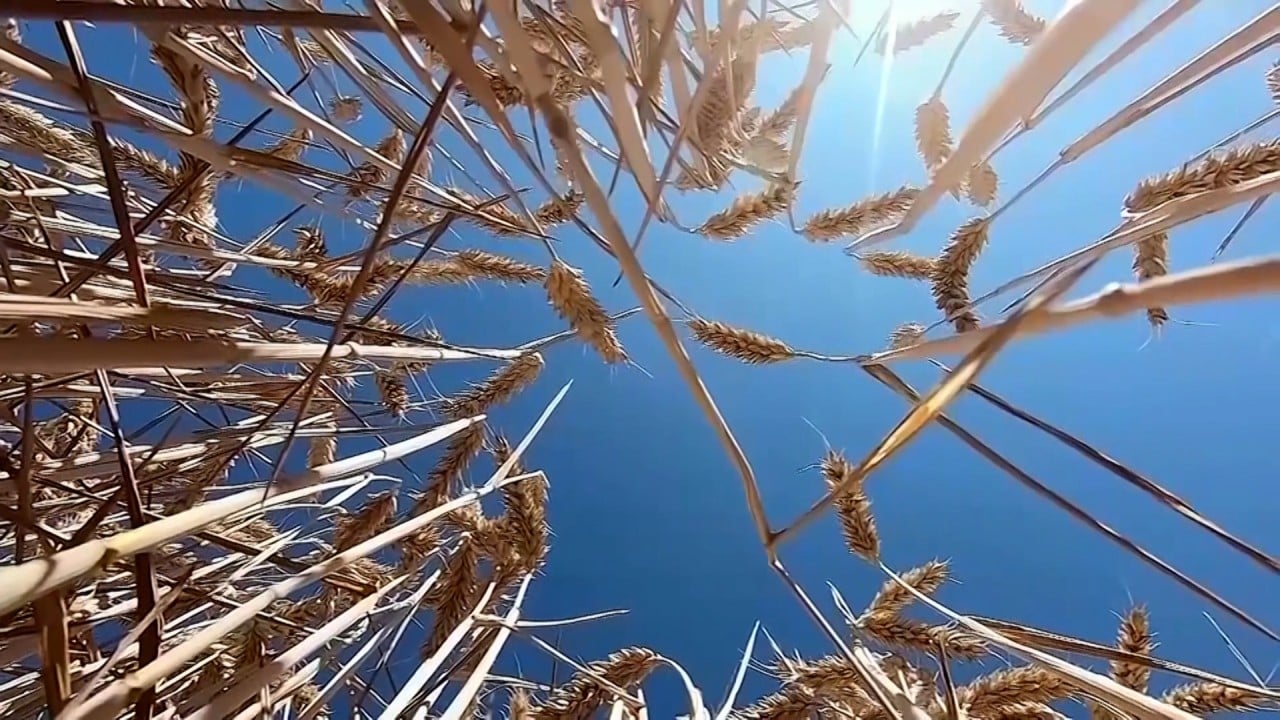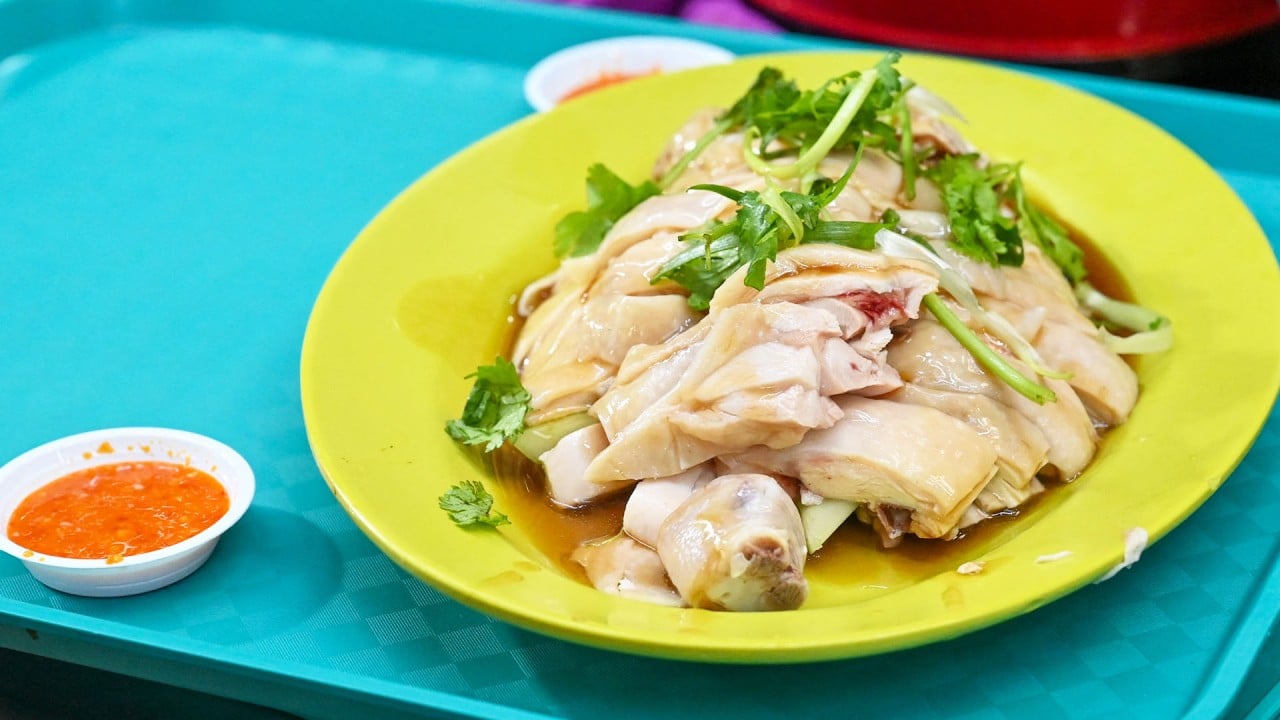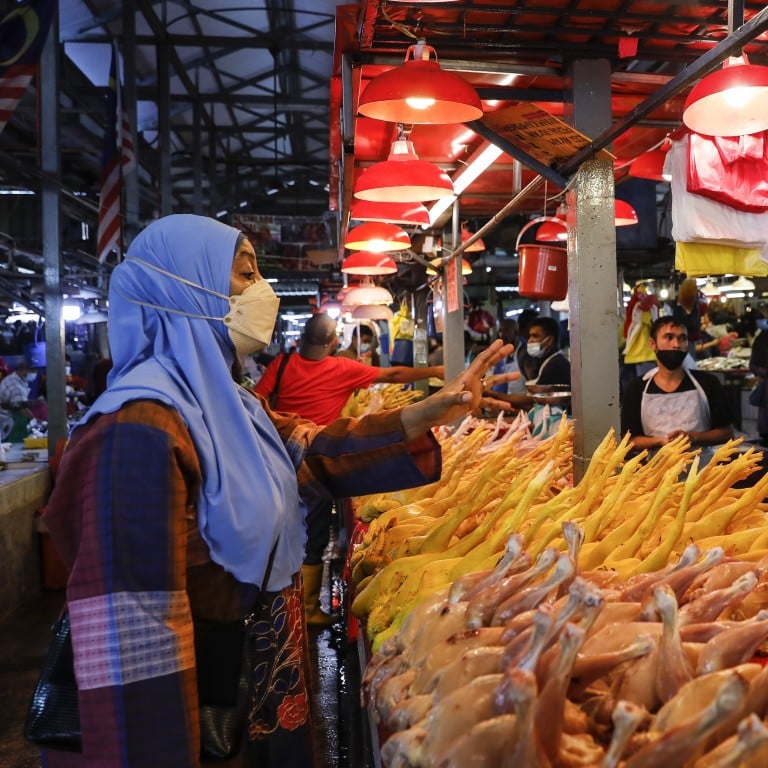
From Malaysia to India, how are export bans on chicken, wheat, sugar affecting Asia?
- The recent moves by Asian governments to save their own food supplies have sent already inflated food prices soaring across the region amid the Ukraine war
- While protectionism lowers the threat of civil unrest, analysts say it may be ineffective in keeping prices of food staples low and could even hurt producers as buyers diversify
Asia has been slammed by a wave of protectionism in recent months, with countries enacting food export restrictions on items from palm oil to wheat, sugar and chicken.
Countries with export controls say the restrictions have been necessary to safeguard supplies for their own populations.
Why has Malaysia imposed a chicken export ban and when does it end?
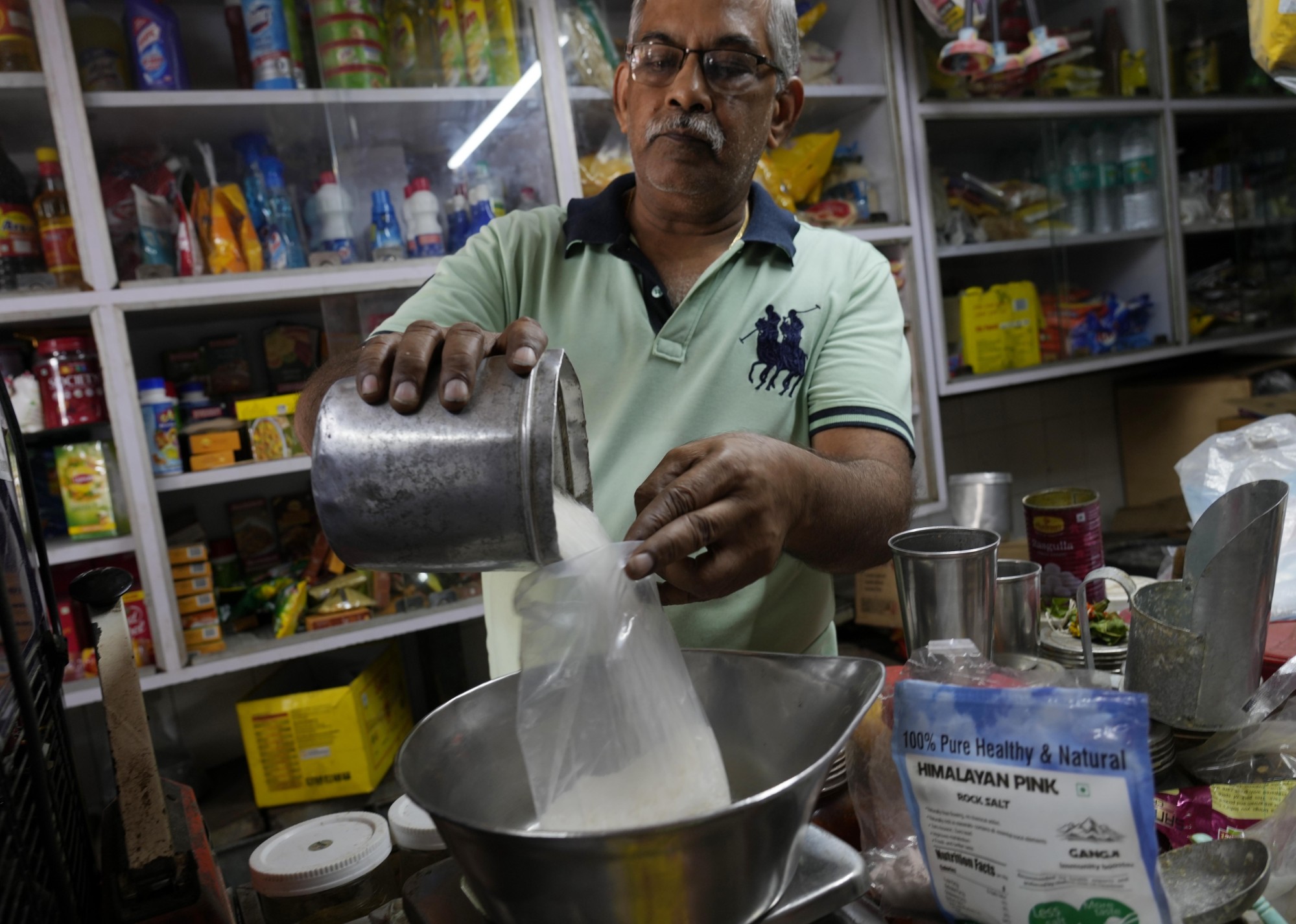
Analysts say food prices are a critical economic and political issue for governments, hence the turn towards protectionism.
“Food price hikes and costs of living in general play a very important role in domestic politics,” said Sonia Akter, who researches agriculture and food policy at the National University of Singapore’s Lee Kuan Yew School of Public Policy. “Governments fear losing popularity when food prices skyrocket.”
Paul Teng, food security expert from the Centre for Non-Traditional Security Studies at Nanyang Technological University, said small price increases could drive millions of already low-income people below the food insecurity line, leading to civil disobedience. “People protest. A hungry person is an angry person,” he said.
Rakesh Agarwal, a partner at KPMG in Singapore who monitors supply chain practices, said the raft of curbs could set off more protectionism across the globe. When countries instituted export bans, others tended to follow suit, he said.
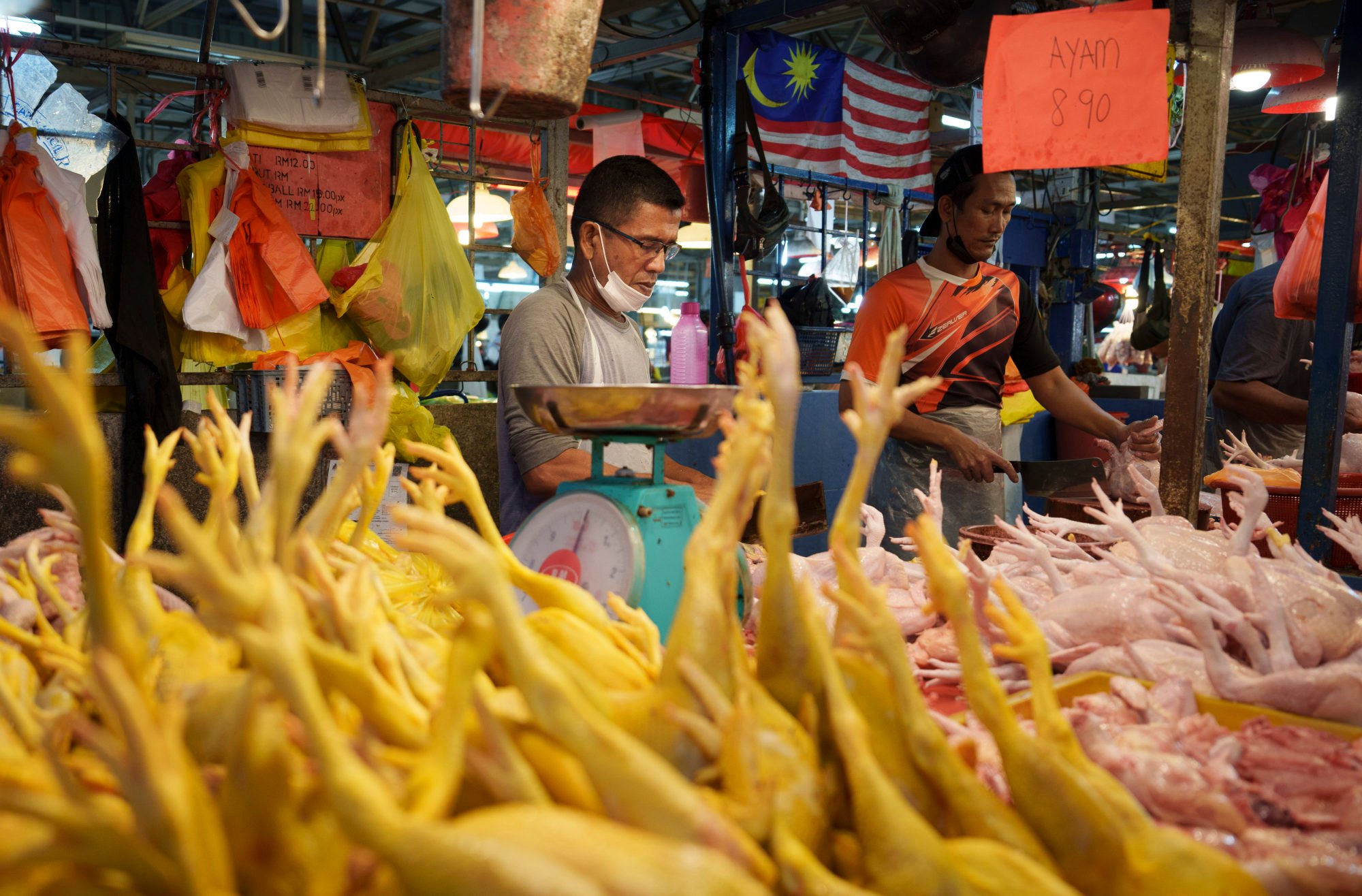
Agarwal pointed to the World Trade Organization’s findings that more than 20 countries had already suspended food exports in response to a surge in food prices and mounting fears of constrained supply.
“These fears existed before the conflict emerged, with countries withholding meat exports from global markets since last year to manage domestic inflation,” he said. “But with more and more countries implementing protectionist policies of their own, this new wave has the potential to have global consequences.”
Agarwal added that it was “anyone’s guess” which country would be next, but it would likely come from places experiencing shortages in agricultural labour, declining food processing capacity, disruptions to logistics and trade, or those looking to increase bargaining power over certain products in the global market.
Helpful or not?
While governments seek protectionism to appease their people, it is unclear if it actually benefits citizens.
Akter said such bans were not very effective at keeping the domestic food price lower than the international food price. When India banned rice exports in 2007 and 2008, local prices ended up increasing, she said.
Everyone, from the farmers spending more on chicken feed, to the consumer at the market, has been squeezed by price hikes.
Malaysia chicken export ban ruffles feathers, but will it halt rising prices?
Denise Cheok, an economist at Moody’s Analytics, said producers would still have to charge high prices in the domestic market. Consumers were likely to see a dip in volume as farmers prevented from passing on higher costs to consumers halted production, she said.
In Indonesia, the three-week palm oil ban inadvertently affected farmers.
Manseutus Darto, head of the Indonesian Oil Palm Farmers’ Union based in West Java, told This Week in Asia that the ban caused prices of fresh fruit branches to drop. Factories which used the fresh fruit branches to produce the palm oil were also rejecting harvests from farmers or restricting the amount that they took in.
Although the ban was now lifted, Darto said data collected by the union found that prices had only risen by a few hundred rupiah in most areas.
This was corroborated by disappointed farmers like Albertus Wawan.

Wawan, a smallholder oil palm farmer in West Kalimantan, had rejoiced when Indonesian president Joko Widodo reversed the ban on palm oil exports. He thought his fresh fruit branches would go back to its usual price, but that has not happened.
“Farmers don’t want to know about the export ban. We don’t care if it’s in effect or not, but if the price of fresh fruit bunches is under 2,000 rupiah ($0.14) per bunch, then we will start to complain,” he said.
Farmers like Wawan are likely suffering the effects of buyers diversifying.
Agarwal said: “While the ban on palm oil exports was eventually lifted in May 2022, the move has certainly prompted buyers to look for alternative sources of supplies for the mid to long term.”
‘Hell on earth’: Can the world spend its way out of the global food crisis?
The executive, who refused to be named fearing government censure, said: “The truth is, the higher prices that our sugar is currently fetching has improved the financial health of many struggling sugar mills and this has allowed us, in turn, to offer better and quicker payment to sugar cane farmers.
“Now that exports are effectively banned, its effects will be seen on our balance sheets as well as in the payment we are able to offer farmers in the upcoming production season.”
Rice, rice, maybe: could this staple be the latest export to be restricted by India?
But sugar industry insiders said the decision was also expected to help stabilise and control the prices of sugar at a time when India’s retail inflation was at an eight-year high of 7.79 per cent.
“If exports had not been restricted, there would have been a shortage of sugar within the country that could have led to price rises as well as food insecurity,” said Adhir Jha, the managing director and chief executive officer of the Indian Sugar Exim Corporation Limited, one of the largest sugar exporters in the country.
Impact on region
The regional outlook will be bleak if protectionism continues and catches on, observers said.
The think tank said: “This conflict had the potential to hamper the production and logistics of commodities such as wheat, corn, soybeans and others which, in turn, caused supply disruptions and shortages in the global market. This condition has been exacerbated by the policies of several countries that have banned exports, especially food, in order to maintain their domestic supply.”
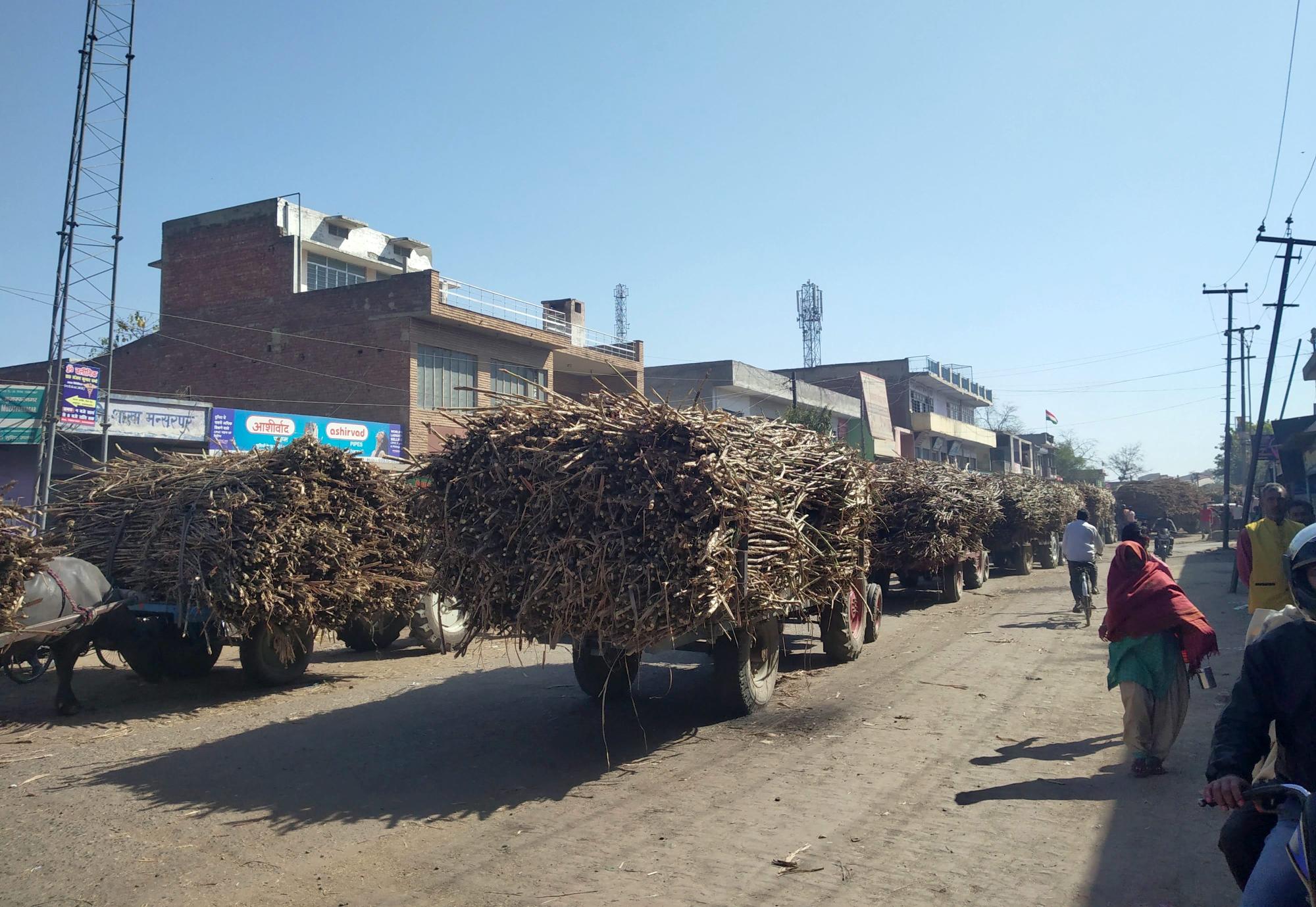
Katrina Ell, senior APAC economist at Moody’s Analytics, said there was now “soaring inflation” in the region.
“While consumer price growth has been generally accelerating since late 2021, more consistent and eye-watering price growth has been recorded from March onwards,” she said.
According to the Indonesian Bureau of Statistics, the monthly inflation rate in the country reached 0.95 per cent in April 2022, up from 0.66 per cent the previous month and 0.3 per cent in April 2021.
“The pain disproportionately falls on lower-income households where food prices are a relatively larger share of their consumption basket,” Ell said.
Singapore’s bid to widen food sources includes urban farms, homegrown vegetables
The UN Food and Agriculture Organization (FAO) found that 418 million Asians went hungry in 2021 while Unicef reported in 2018 that over two-thirds of the world’s children considered underweight for their height were in Asia.
“Urban households had reportedly resorted to overeating and consumption of low nutrition high energy comfort food to manage stress. The rising prices may lead to a further worsening of the trend,” he said.
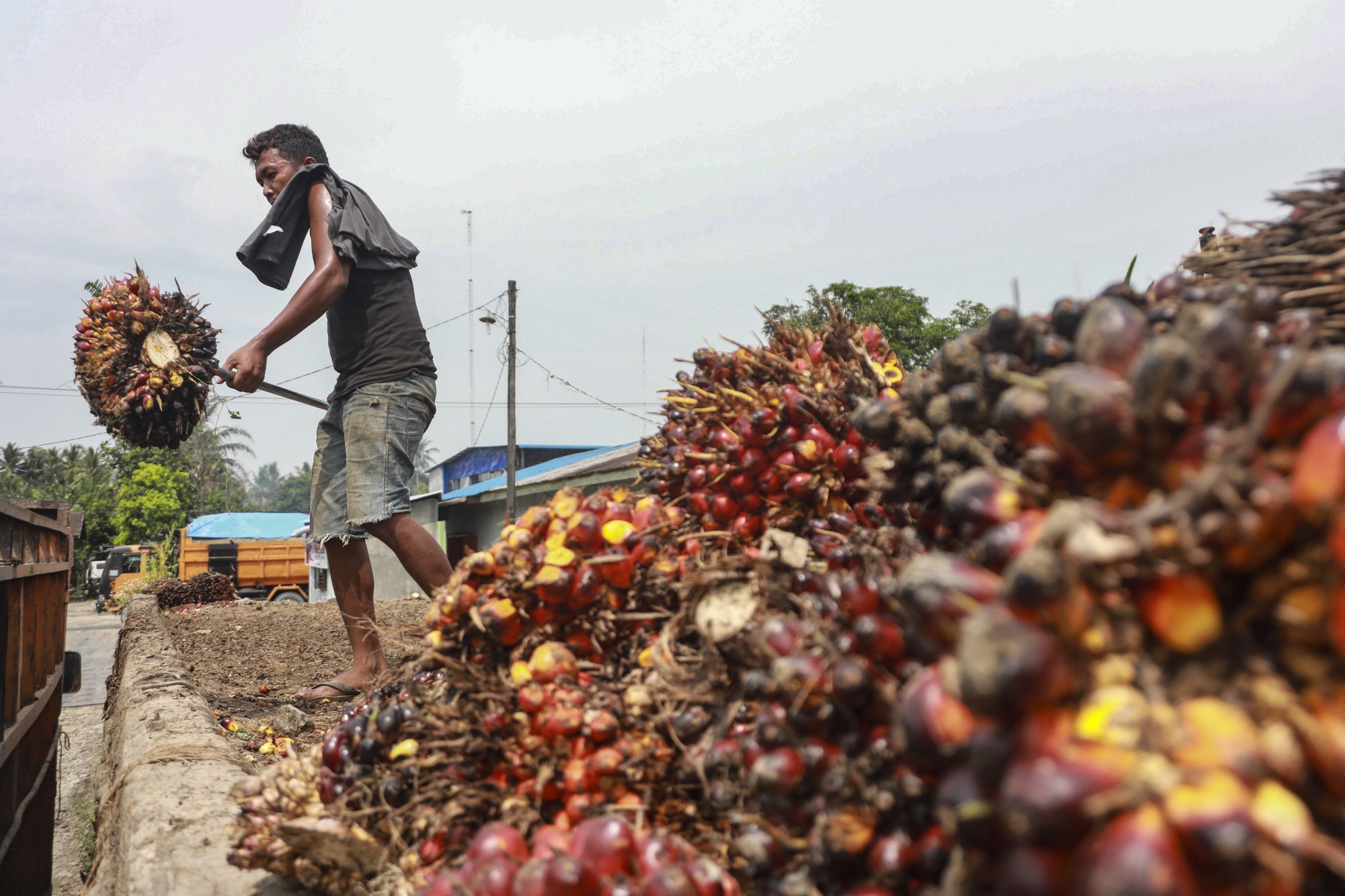
Should the market decide?
Akter has a counter-intuitive idea on how to make these problems go away: don’t intervene.
“Let the market mechanism work while offering support for the poor and low-income households,” she said. “Too much intervention in the market can make things worse.”
The Malaysian price ceiling for chicken was one such example, Akter said.
“This is a form of market intervention which does not allow the commodity market to adjust when cost of production goes up as a result of changes in external factors. The lack of market adjustment made chicken production unprofitable, leading to a drop in supply,” she said.
Thailand-Vietnam rice price hike plan questioned without India’s inclusion
The Malaysian government seemed to have reached the same conclusion. Just on Thursday, it announced it would abandon the price ceiling from next month and give cash aid to low-income households instead.
KPMG’s Agarwal had other suggestions. He said businesses in countries affected by export controls could put a cap on prices of these items or the amount that each consumer was allowed to buy.
He said food chains should also improve on storage capabilities “to store more while minimising wastage”.
Agarwal suggested that until supply chains ease, businesses promote the use of alternative products, such as frozen chicken or seafood in the place of fresh chicken from Malaysia. Lastly, he said businesses could focus their corporate social responsibility initiatives on providing food items affected by export restrictions.




